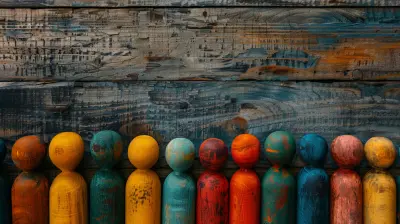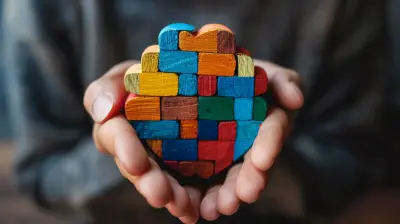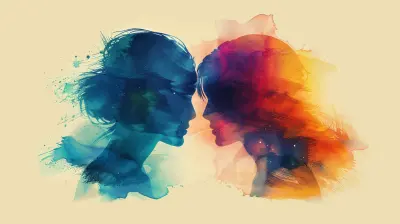Exploring the Connection Between Creativity and Mental Wellness
21 May 2025
Creativity is a force that sparks innovation, self-expression, and problem-solving. But did you know that it also has a significant connection to mental wellness? In recent years, more and more research has explored how engaging in creative activities can positively impact our mental health. Whether it's painting, writing, dancing, or even cooking, creativity offers an outlet for emotions, stress, and anxiety.
In this article, we’re going to dive deep into the fascinating relationship between creativity and mental wellness. We’ll explore why creativity is so beneficial, the science behind it, and how you can tap into your creative side to nurture your mental well-being. So, let’s get started!
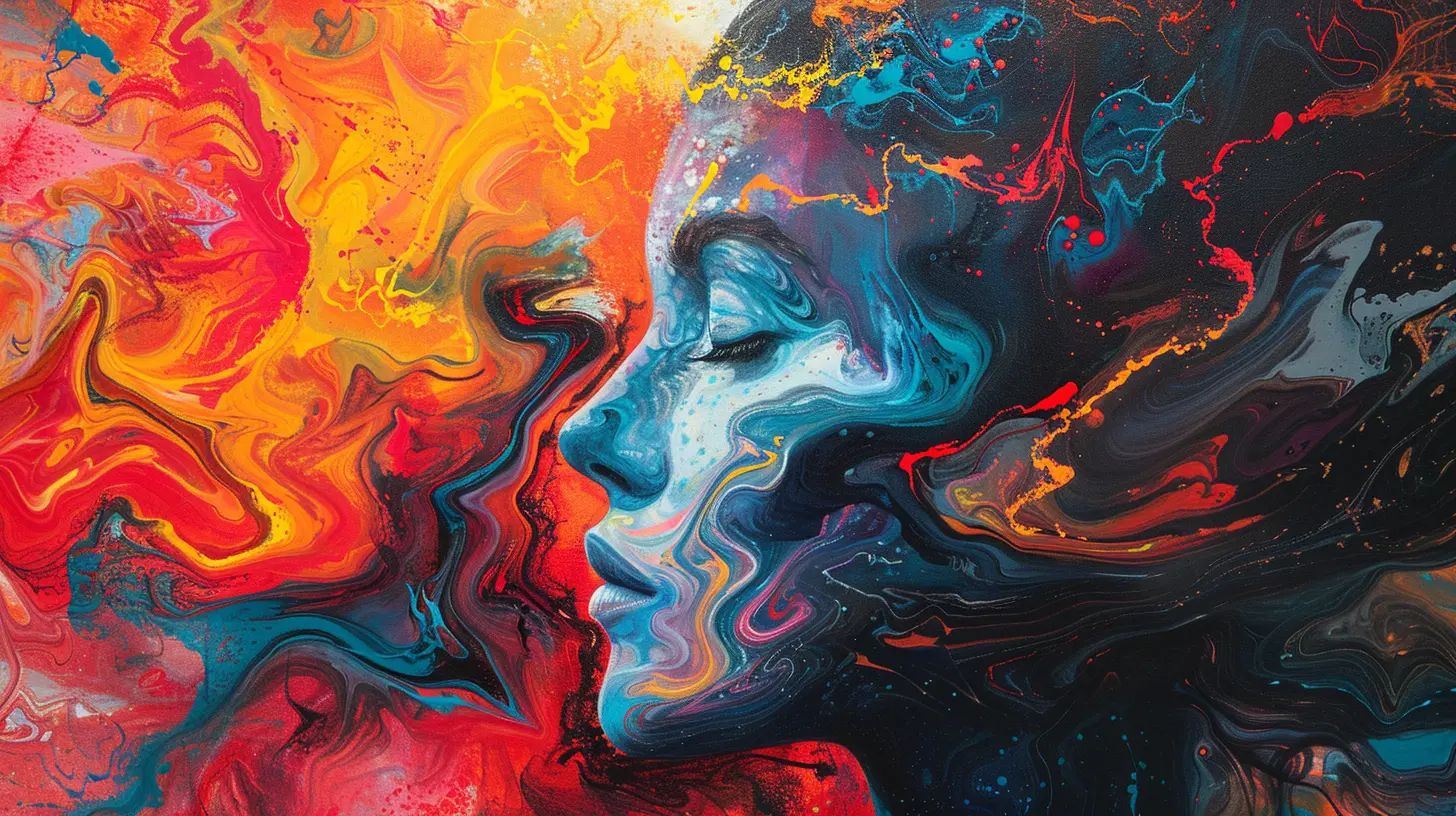
The Intersection of Creativity and Mental Health
When you think of creativity, you may imagine artists, musicians, or writers sitting in their studios, immersed in their work. But creativity isn’t just for the “artsy” crowd—it’s for everyone. Whether you’re solving a problem at work, trying out a new recipe, or even daydreaming, you’re engaging in creativity. And the best part? It doesn’t just make life more interesting; it can also make life more balanced.Many studies have shown that creativity and mental health are closely linked. People who regularly engage in creative activities often report lower levels of stress, anxiety, and depression. Why? Because creativity provides an outlet for emotional expression, helps people process their feelings, and gives a sense of accomplishment.
Creativity as a Form of Therapy
Ever heard of art therapy? It’s a form of therapy that uses creative techniques—like drawing, painting, or sculpting—as a way to help people express themselves. The idea is that sometimes words aren’t enough to convey our inner thoughts and feelings. Art can step in to fill that gap.But it doesn’t stop at art. Music therapy, dance therapy, and even drama therapy are all forms of creative expression that therapists use to help individuals improve their mental health. These therapies can be particularly helpful for people who have trouble verbalizing their emotions or those who are dealing with trauma.
You don’t need to be a professional artist to reap the benefits, though. Just engaging in creative activities on your own, without any pressure to be “good” at them, can have a therapeutic effect. It’s about the process, not the end product.
The Science Behind Creativity and Mental Wellness
So, what’s going on in our brains when we’re being creative? There’s actually a lot happening up there!When we engage in creative tasks, specific areas of the brain light up. For example, the prefrontal cortex—responsible for decision-making and problem-solving—becomes more active. At the same time, the brain’s reward system releases dopamine, the “feel-good” neurotransmitter. This explains why you often feel a sense of joy or satisfaction after completing a creative project.
Additionally, creativity can induce a state of "flow", a term coined by psychologist Mihaly Csikszentmihalyi. Flow is that magical state where you’re so absorbed in an activity that time seems to fly by. It’s the ultimate form of mindfulness because your attention is fully focused on the task at hand. And guess what? Studies show that entering a flow state can reduce symptoms of anxiety and depression.
Creativity and Stress Relief
Let’s be honest—life can be pretty stressful. Whether it’s work, relationships, or just the hustle and bustle of everyday life, we all face stress from time to time. But here’s where creativity comes to the rescue.Engaging in creative activities can serve as a natural stress reliever. When you’re focused on creating something—whether it’s writing a poem or knitting a scarf—you’re giving your mind a break from the usual stressors. It’s a form of escapism that allows you to channel your energy into something productive and enjoyable.
In fact, studies have shown that creativity can lower cortisol levels, which is the hormone linked to stress. So, the next time you’re feeling overwhelmed, instead of reaching for your phone to scroll through social media, try picking up a paintbrush or writing in a journal. You might be surprised at how much better you feel afterward!
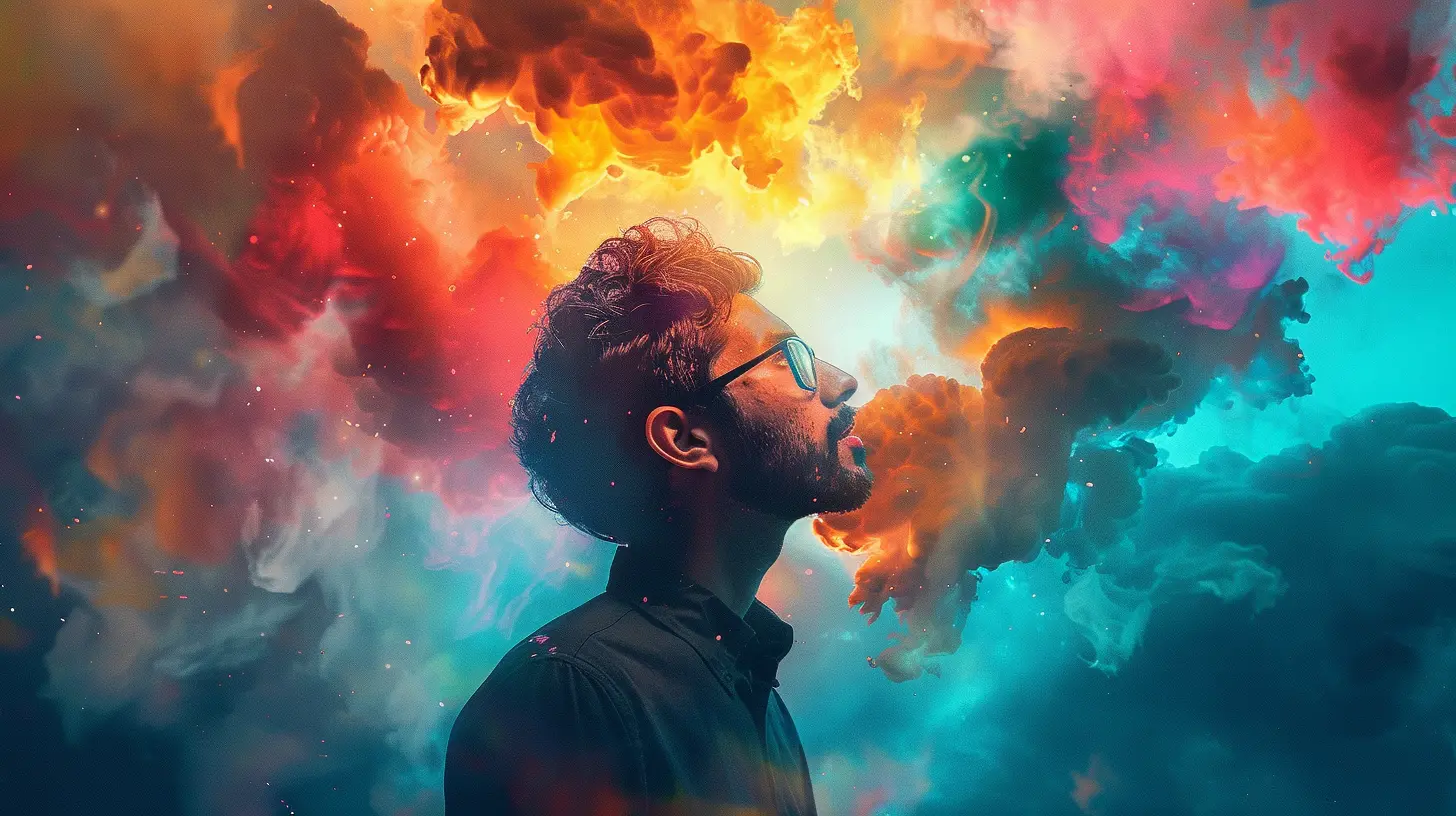
How Creativity Improves Emotional Resilience
We all go through tough times in life, but how we handle those challenges can make all the difference. One of the key benefits of creativity is that it helps build emotional resilience—the ability to bounce back from adversity.When you engage in creative activities, you’re essentially training your brain to think in new, flexible ways. You learn to approach problems from different angles and come up with innovative solutions. This creative problem-solving skill is transferable to real-life situations. So, when life throws you a curveball, you’re better equipped to handle it.
Additionally, creative expression allows you to process difficult emotions in a healthy way. Instead of bottling up your feelings, you can channel them into your art, writing, or music. This emotional release can be incredibly healing and can prevent negative emotions from festering.
Creativity Fosters Self-Discovery and Personal Growth
Another beautiful aspect of creativity is that it fosters self-discovery. When you create, you’re tapping into parts of yourself that you may not be fully aware of. You’re exploring your thoughts, emotions, and even your identity. This process of self-exploration can lead to personal growth and a deeper understanding of yourself.Many people find that engaging in creative activities helps them uncover hidden talents or passions. Maybe you’ve always wanted to try photography, or perhaps you’ve discovered a love for writing poetry. Creativity opens doors to new experiences and can lead to a greater sense of fulfillment.
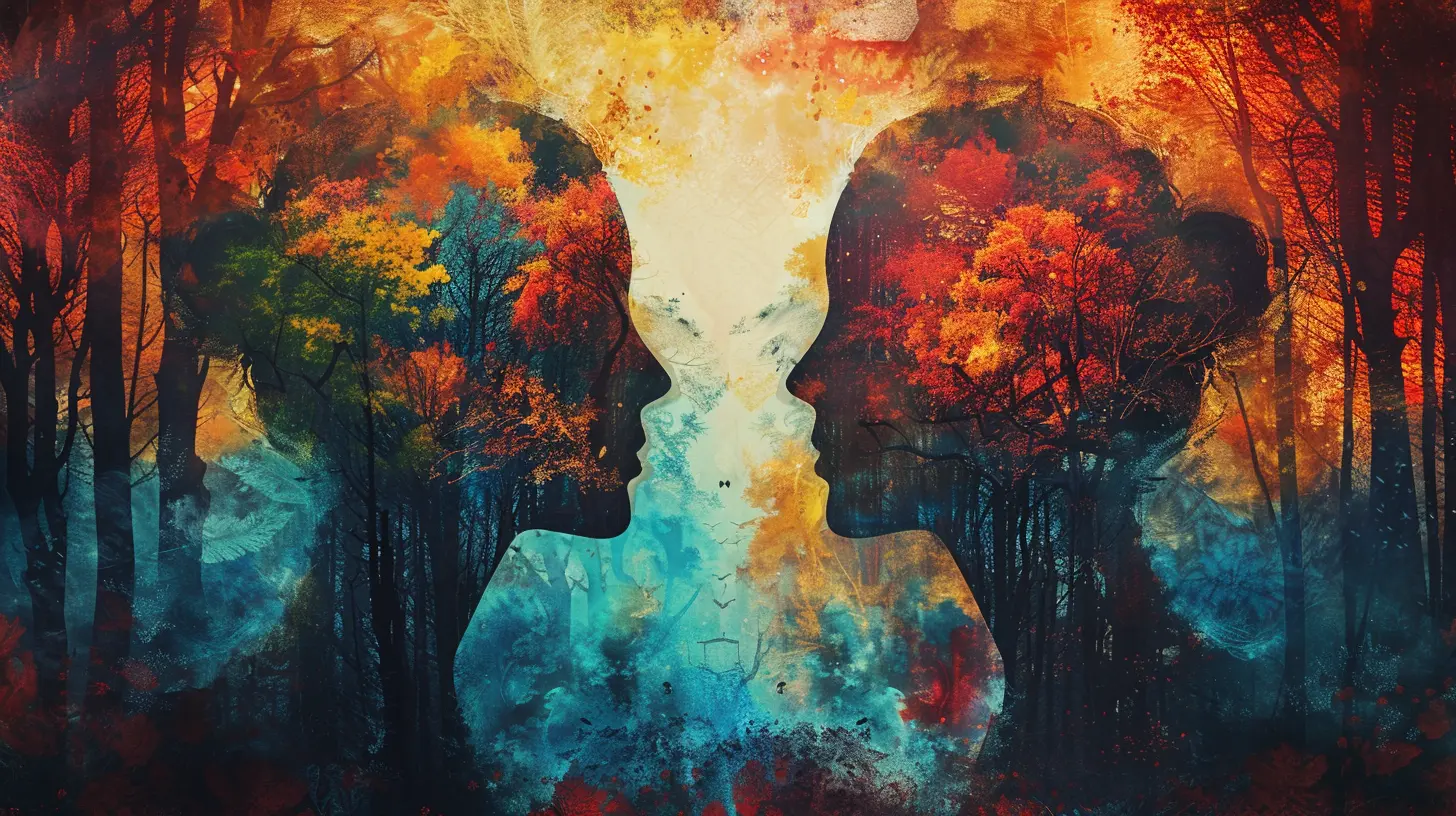
Practical Ways to Boost Creativity for Mental Wellness
Okay, so we’ve established that creativity is awesome for your mental health. But what if you don’t consider yourself a “creative” person? Don’t worry—everyone has the potential to be creative. It’s just a matter of finding what works for you.Here are some practical ways to boost your creativity and, in turn, improve your mental wellness:
1. Try Something New
Stepping outside your comfort zone is a great way to spark creativity. Try a new hobby or activity that you’ve never done before. It could be anything from baking to learning a musical instrument. The key is to challenge yourself and break out of your usual routine.2. Create a No-Judgment Zone
Perfectionism can be the enemy of creativity. If you’re constantly worrying about whether your work is “good enough,” you’re less likely to enjoy the process. Give yourself permission to create without judgment. Remember, it’s about the journey, not the destination.3. Set Aside Time for Creativity
Life gets busy, but it’s important to carve out time for creative activities. Schedule a “creative hour” in your day where you can focus on something you love—whether it’s painting, writing, or playing music. It doesn’t have to be long, but consistency is key.4. Engage in Mindfulness
Mindfulness and creativity go hand in hand. When you’re mindful, you’re fully present in the moment, which can enhance your creative process. Try practicing mindfulness meditation before engaging in a creative activity to clear your mind and focus your energy.5. Collaborate with Others
Sometimes, creativity flourishes when you collaborate with others. Whether it’s joining a writing group, taking a painting class, or simply brainstorming ideas with a friend, collaboration can inspire new ideas and perspectives.6. Keep a Journal
Writing in a journal is a great way to process your thoughts and emotions, which can lead to creative ideas. Plus, journaling has been shown to reduce stress and improve mental clarity. It’s a win-win!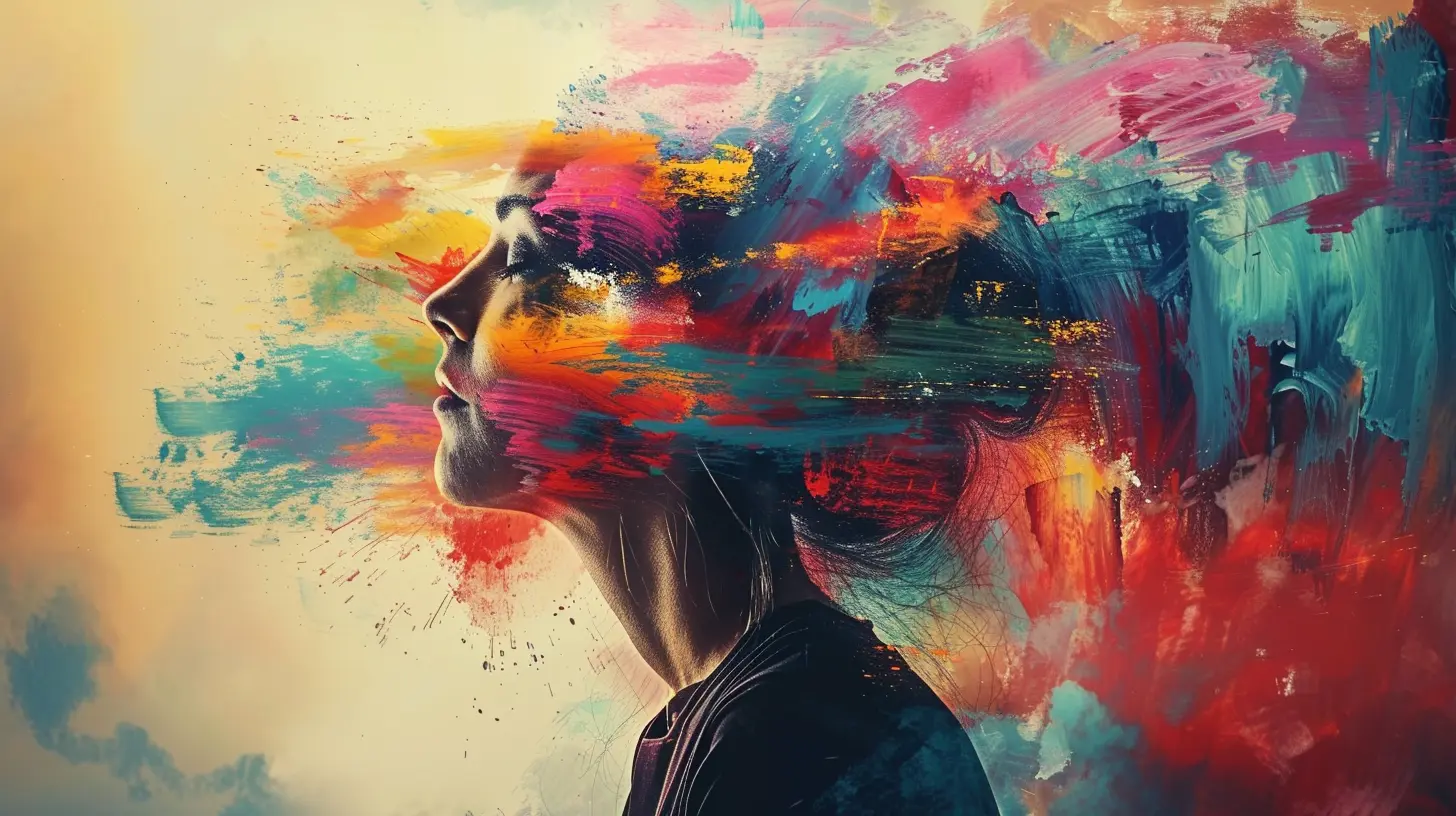
Final Thoughts: Creativity as a Lifelong Wellness Tool
At the end of the day, creativity isn’t just about making something beautiful or impressive. It’s about self-expression, emotional release, and connecting with yourself on a deeper level. Whether you’re doodling in a notebook or composing a song, engaging in creative activities can significantly benefit your mental wellness.So, don’t be afraid to embrace your creative side. Even if you don’t consider yourself an “artist,” there are countless ways to explore creativity and make it a regular part of your life. Remember, it’s not about being perfect; it’s about having fun, relieving stress, and nurturing your mind.
Why not start today? Pick up a pencil, grab a paintbrush, or open a blank document. You might just find that creativity is the key to unlocking better mental health.
all images in this post were generated using AI tools
Category:
Mental WellnessAuthor:

Gloria McVicar
Discussion
rate this article
3 comments
Chloe Gray
Thank you for this insightful article! I appreciate how you highlight the transformative power of creativity in fostering mental wellness. It's fascinating to consider how artistic expression can serve as both a therapeutic outlet and a means to better understand ourselves. I look forward to exploring these connections further!
June 7, 2025 at 2:34 PM

Gloria McVicar
Thank you for your thoughtful comment! I'm glad you found the article insightful and appreciate your enthusiasm for exploring the connections between creativity and mental wellness.
Luella Kirkland
This article compellingly highlights the intricate relationship between creativity and mental wellness, emphasizing how creative expression can act as a therapeutic outlet. However, it would benefit from a deeper exploration of potential pitfalls, such as the pressure to create, which can adversely affect mental health.
May 26, 2025 at 2:20 PM

Gloria McVicar
Thank you for your insightful comment! I appreciate your suggestion and will consider including a discussion on the potential pitfalls of creative pressure in future revisions.
Otis Warner
Who knew painting outside the lines could double as therapy? Next time I'm feeling blue, I’ll just throw some spaghetti at the wall—artistic expression or dinner? Both!
May 24, 2025 at 4:12 PM

Gloria McVicar
Absolutely! Embracing creativity can be a powerful way to boost mental wellness, whether through art or playful moments like spaghetti throwing. It's all about expressing yourself!

